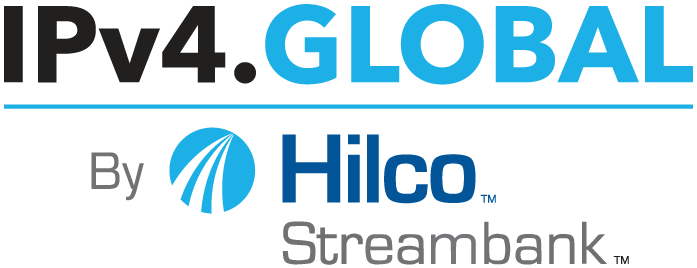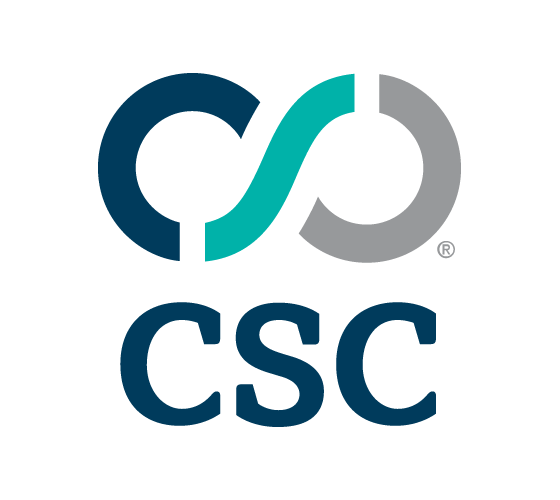


|
||
|
||

A recent influx of /16 IPv4 address blocks has sent ripples through the secondary market, triggering a notable decline in average sale prices for the largest address sizes. According to data from IPv4.Global’s March 2025 report, average prices for /16 blocks have fallen from nearly $50 per address in mid-2024 to just over $24 by March 2025. This marks a significant opportunity for cost-conscious buyers but offers a more complex calculus for sellers.
The supply of /16 blocks has exerted downward pressure across the pricing spectrum. Smaller block categories, such as /20—/21 and /22—/24, have remained more stable in comparison, with prices hovering around the $31–$34 range over the past several months. Still, even these tiers experienced slight downward movement in early 2025.
For sellers, one potential strategy is arbitrage: subdividing larger allocations into smaller blocks that command marginally higher prices per address. Yet this tactic is not without risks. There is no guarantee that a subdivided larger block will sell in its entirety within the timeframe expected by a seller.
The market’s current state reflects a mix of online and private sales, excluding LACNIC-addressed space and negotiated bundle deals. The data also reports average prices, with individual sales varying considerably above and below that average. Prices reflect the date of purchase, not the date of transfer—an important nuance for interpreting near-term volatility.
For now, the IPv4 market offers a rare buyer’s advantage. Whether that persists will depend on how swiftly excess supply is absorbed—or whether another wave is waiting in the wings.
For further details on the latest IPv4 transactions, click here and here to track ongoing market trends.
Sponsored byVerisign

Sponsored byRadix

Sponsored byCSC

Sponsored byWhoisXML API

Sponsored byIPv4.Global

Sponsored byDNIB.com

Sponsored byVerisign
